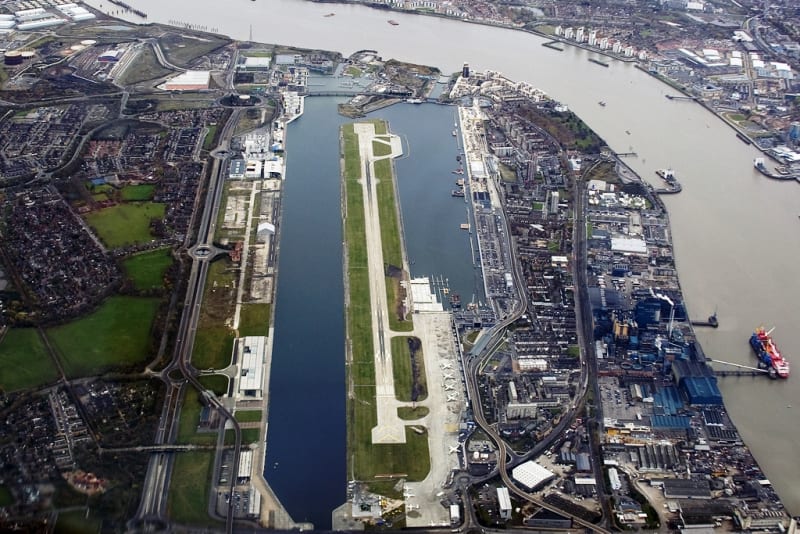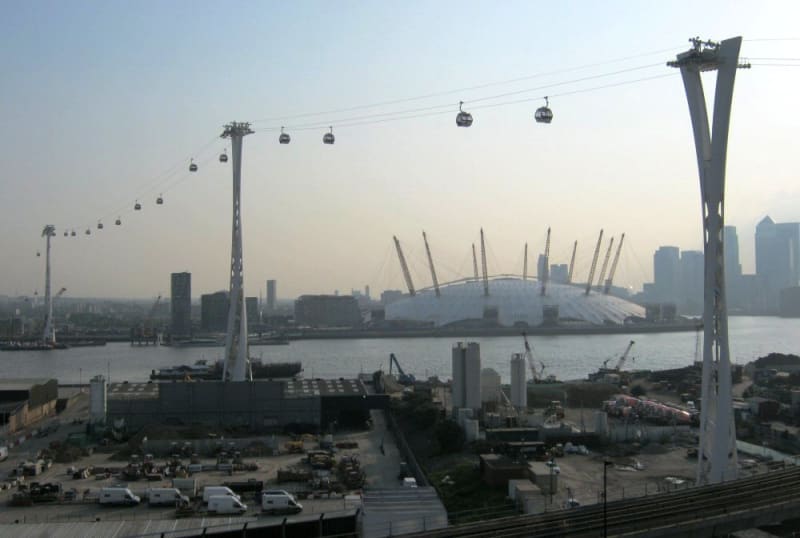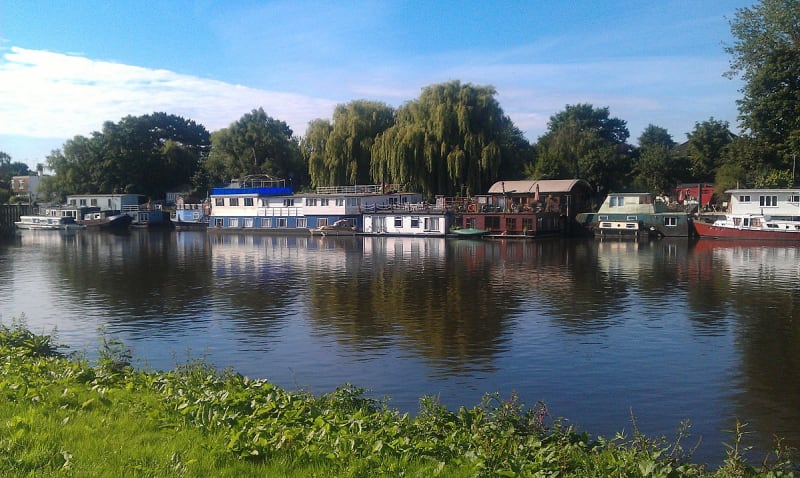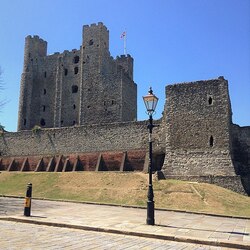Thames
The Thames is older than London itself, and the river has become the center of the entire 1,500-square-kilometer city. London is one of the largest financial, entertainment and shopping centers in the world, partly due to its proximity to this large river. London's Thames has a rich history, as many of the city's largest tourist attractions are scattered along its banks.
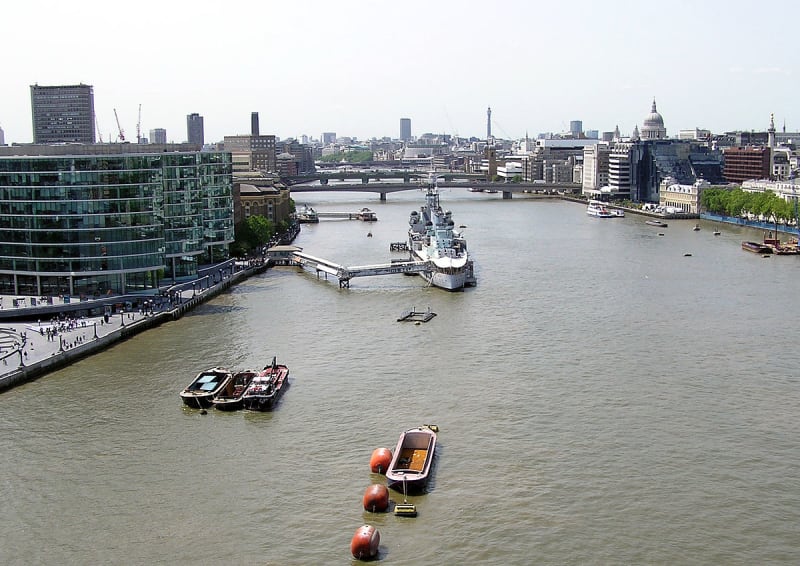
History that has survived to the present day
The Romans first used the Thames upon their arrival in the country in 43 AD. It became the main strategic location for the empire, and until its collapse in the 5th century, the Roman Empire used the river and then the city of Londinium. Since the Middle Ages, the Thames has become the center of the ceramics trade due to its abundance of minerals and convenient transportation along the river. Throughout the 9th century, the Saxons and Vikings clashed over the use of the river. The Saxons wanted to use it for fishing and mill racing, while the Vikings considered the river a route for importing and exporting goods.
A special river
The Thames is the longest river in England, stretching for 346 kilometers from Gloucestershire through London to the mouth of the Thames, from where it flows into the North Sea. As the catchment area of the whole of London, the river has water drops of up to 7 meters. It also includes about 50 tributaries and contains more than 80 islands in its course. In general, the river promises curious guests a lot of attractions and entertainment in the Grand London Lancaster Gate Park.

Thames Attractions
In the east of the city, you can see rural wetlands on the canal bank and nature reserves. The Tottenham, Hackney and Walthamstow canal network flows into the River Lee, which is itself a branch of the Thames. The south bank offers stunning views of the river, and you can also find many theatrical and cinematic attractions under the guise of the National Theatre and the British Film Institute.
Further down the river you will find Big Ben and the Parliament Building overlooking the Thames, and near Tower Bridge, the ancient paradise for gourmets, Borough Market, stretches. The London Bridge area promises even more historic riverside attractions, as the Golden Hind Theatre and the Globe are exact replicas of Elizabethan architectural icons.

